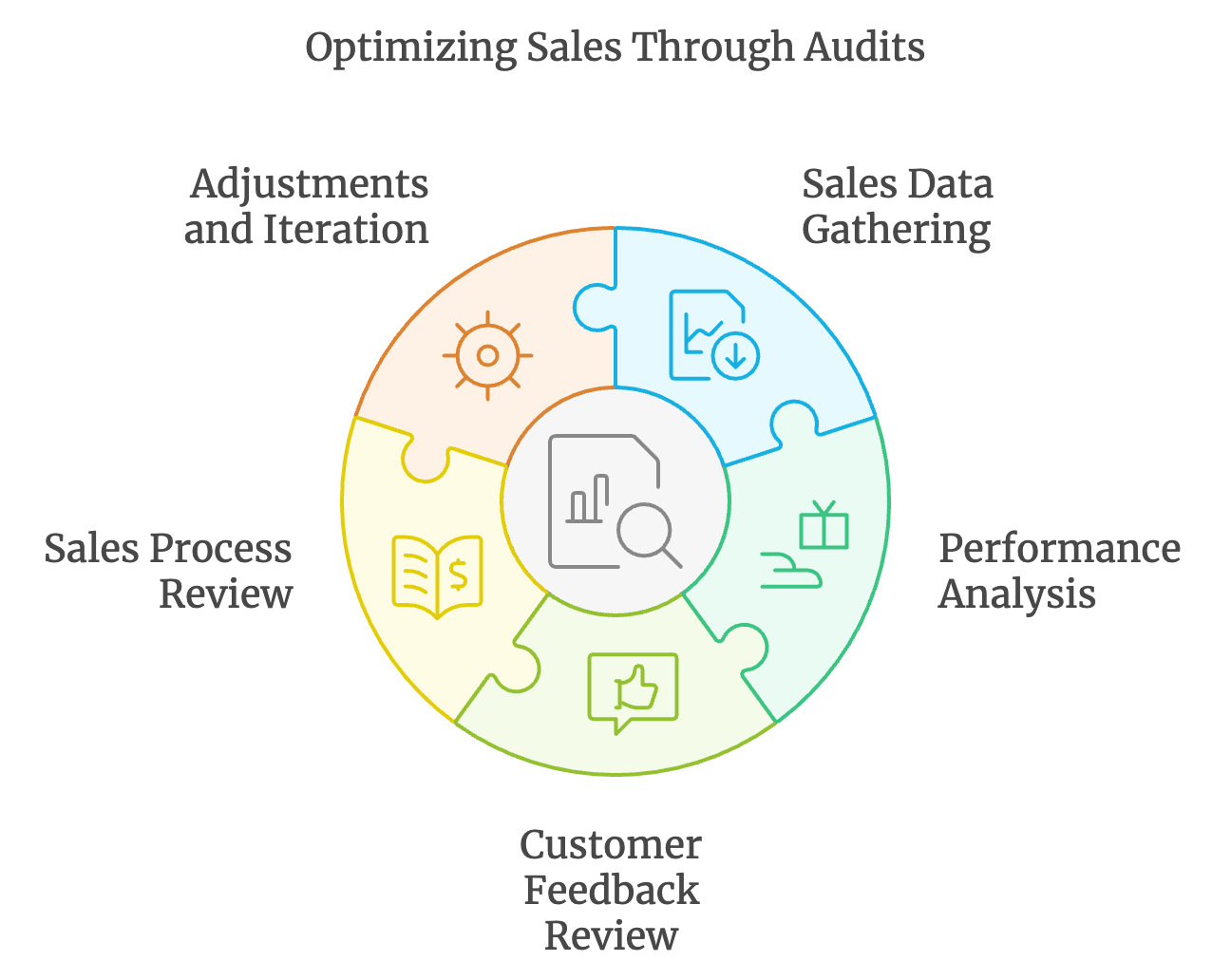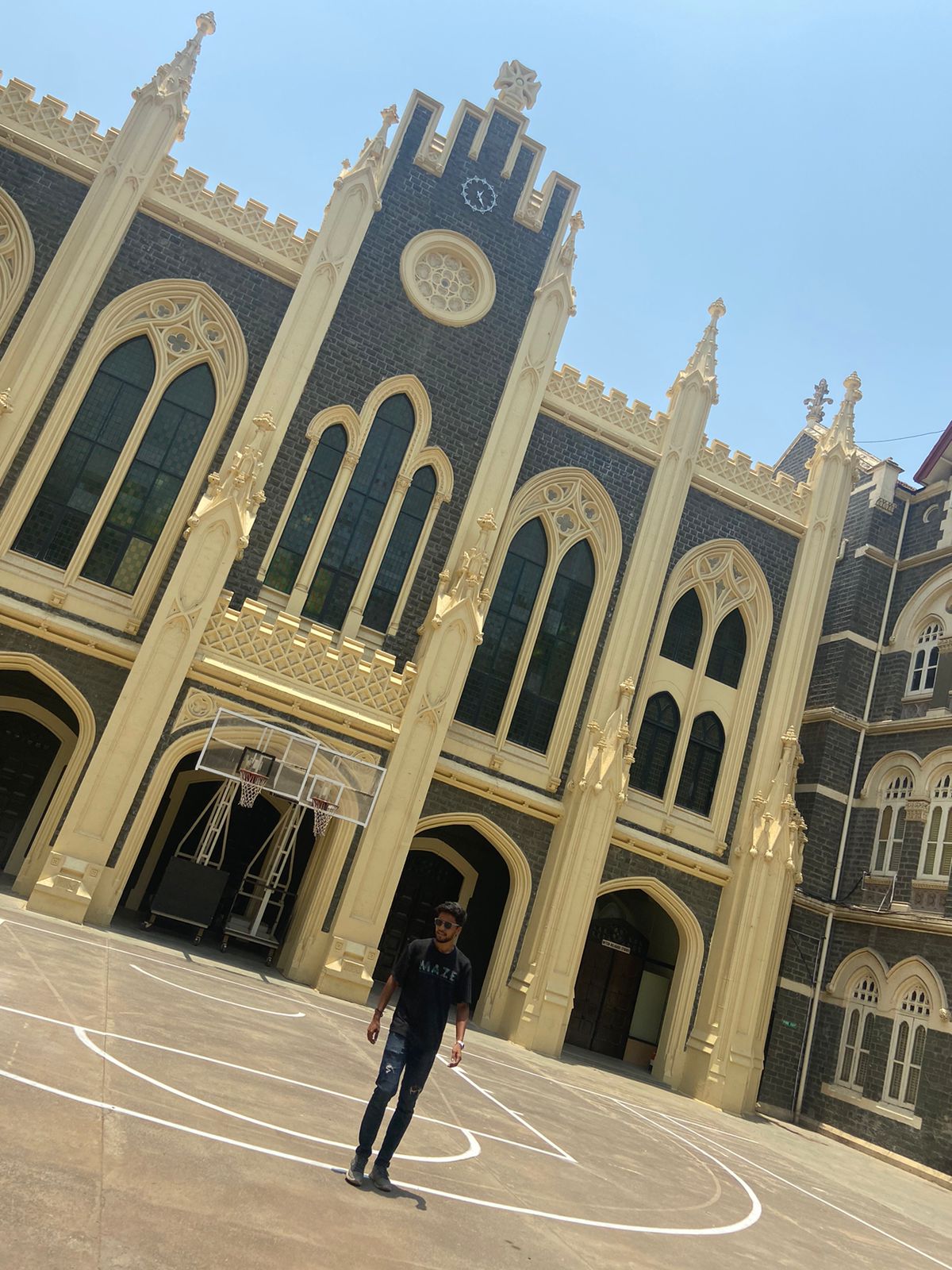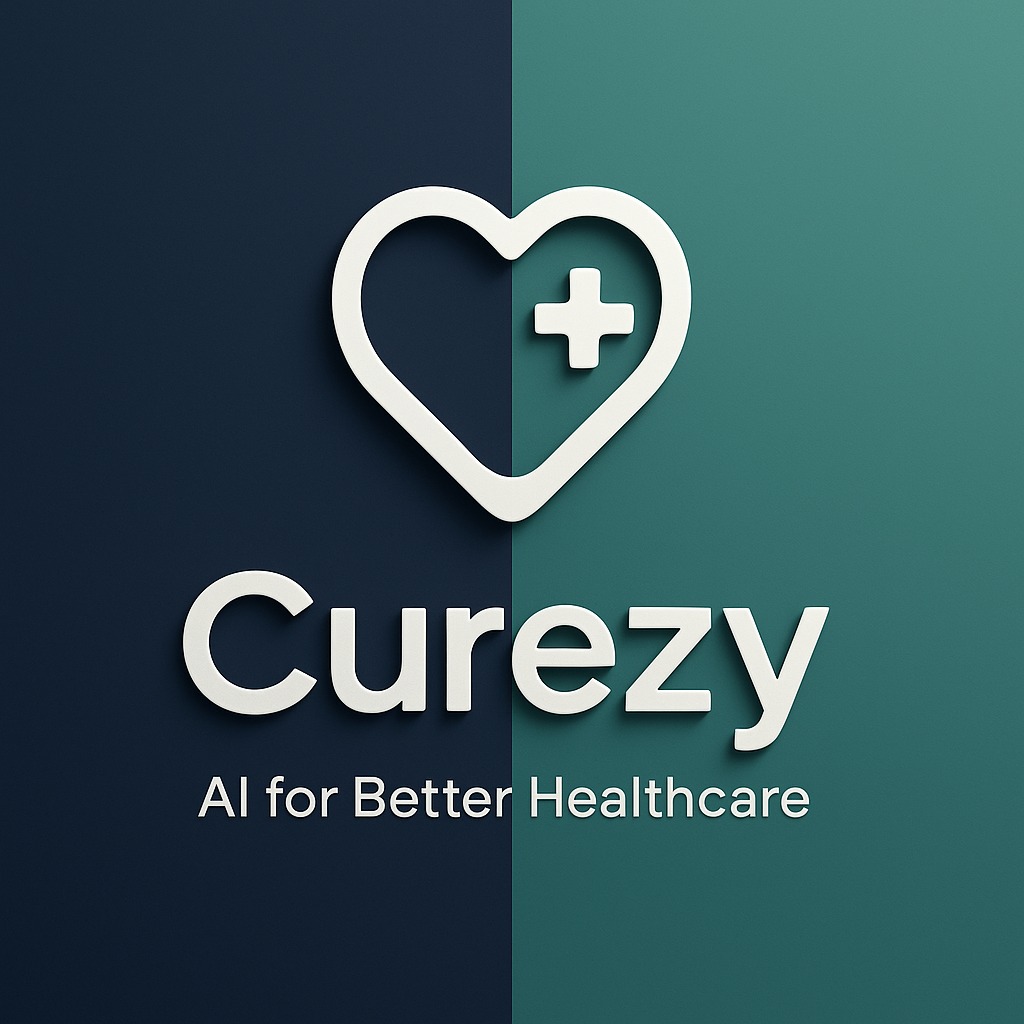Back
Rishabh Raj Pathak
Polymath • 4m
She dumped me last night. Not because I don't listen. Not because I'm always on my phone. Not even because I forgot our anniversary (twice). But because, in her exact words: "You only pay attention to the parts of what I say that you think are important." I stared at her for a moment and realized... She just perfectly described the attention mechanism in transformers. Turns out I wasn't being a bad boyfriend. I was being mathematically optimal. See, in conversations (and transformers), you don't give equal weight to every word. Some words matter more for understanding context. Attention figures out exactly HOW important each word should be. Here's the beautiful math: Attention(Q, K, V) = softmax(QK^T / √d_k)V Breaking it down: Q (Query): "What am I looking for?" K (Key): "What info is available?" V (Value): "What is that info?" d_k: Key dimension (for scaling) Think library analogy: You have a question (Query). Books have titles (Keys) and content (Values). Attention finds which books are most relevant. Step-by-step with "The cat sat on the mat": Step 1: Create Q, K, VEach word → three vectors via learned matrices W_Q, W_K, W_V For "cat": Query: "What should I attend to when processing 'cat'?" Key: "I am 'cat'" Value: "Here's cat info" Step 2: Calculate scoresQK^T = how much each word should attend to others Processing "sat"? High similarity with "cat" (cats sit) and "mat" (where sitting happens). Step 3: Scale by √d_kPrevents dot products from getting too large, keeps softmax balanced. Step 4: SoftmaxConverts scores to probabilities: "cat": 0.4 (subject) "sat": 0.3 (action) "mat": 0.2 (location) "on": 0.1 (preposition) "the": 0.1 (article) Step 5: Weight valuesMultiply each word's value by attention weight, sum up. Now "sat" knows it's most related to "cat" and "mat". Multi-Head Magic:Transformers do this multiple times in parallel: Head 1: Subject-verb relationships Head 2: Spatial ("on", "in", "under") Head 3: Temporal ("before", "after") Head 4: Semantic similarity Each head learns different relationship types. Why This Changed Everything: Before: RNNs = reading with flashlight (one word at a time, forget the beginning) After: Attention = floodlights on entire sentence with dimmer switches This is why ChatGPT can: Remember 50 messages ago Know "it" refers to something specific Understand "bank" = money vs river based on context The Kicker:Models learn these patterns from data alone. Nobody programmed grammar rules. It figured out language structure just by predicting next words. Attention is how AI learned to read between the lines. Just like my therapist helped me understand my focus patterns, maybe understanding transformers helps us see how we decide what matters. Now if only I could implement multi-head attention in dating... 🤖 Still waiting for "scaled dot-product listening" to be invented.
More like this
Recommendations from Medial
sahil
Code. Create. Innova... • 9m
hello everyone, Is there any platform exiting that provides a step by step guide to the query of students instead of giving them direct answers.? I am thinking of building something like an expert (not just another generic llm) in just one domain (s
See MoreKaustubh Bhatter
Founder, Sharpener |... • 1y
How did I get my first 1000 users on my platform? My last post starting trending on Medial because I shared something valuable. Today I will tell you how I got my first 1000 users by spending Rs. 0 on marketing. I have an edtech product and needed
See MoreMehul Fanawala
•
The Clueless Company • 1y
I once asked a founder how often they do a sales audit. They looked at me like I asked them to solve a math equation in their head. Understand this: You can’t improve what you don’t measure. Here’s a simple process to get started: 1) Gather your
See More
SHEETAL SHARMA
Not an entrepreneur,... • 6m
✅ Day 1 of my Power BI journey – Done! Today, I finally completed the first day of my 7-day Power BI learning plan. I installed Power BI Desktop, explored the interface, and learned the basics about datasets, reports, and dashboards. Honestly, it
See More


Download the medial app to read full posts, comements and news.





































